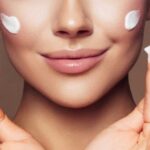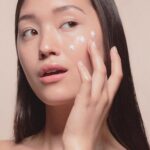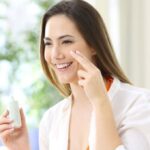The Difference Between Eye, Lip, and Facial Makeup Removers
Ingredient Differences:
Eye and Lip Makeup Removers: The skin around the eyes and lips is delicate and sensitive. As such, removers for these areas often contain gentle ingredients such as isododecane, mineral oil, or natural ingredients like aloe vera and vitamin E. These ingredients effectively dissolve makeup while being kind to sensitive skin in these areas.
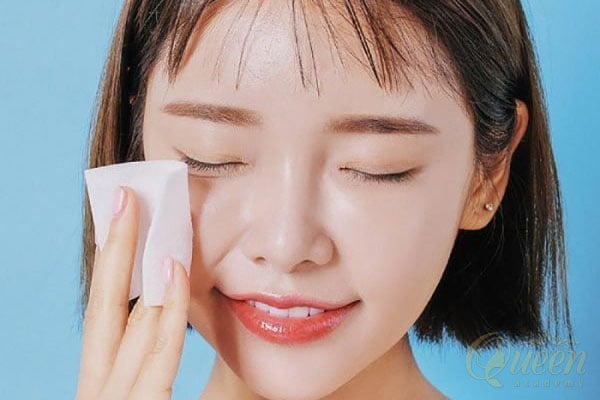
Natural ingredients such as aloe vera and vitamin E effectively remove makeup without causing irritation.
Facial Makeup Removers: Products designed to remove face makeup have a wider range of ingredients to tackle not just makeup but also sunscreen, dirt, and excess oil. They often contain emulsifiers, surfactants, moisturizers, and emollients, providing a deeper cleanse and preparing the skin for subsequent skincare steps.
Variations in Texture and Application:
Eye and Lip Makeup Removers: These removers usually come in liquid, gel, or convenient cotton pad forms. To use, simply apply a small amount to the eyes or lips, gently massage until the makeup dissolves, and then rinse with water. Be careful to avoid getting the product directly into your eyes to prevent discomfort.
Facial Makeup Removers: Face makeup removers offer a variety of textures, including emulsions, lotions, gels, and oils. The application method depends on the product’s form. For instance, a lotion remover should be massaged into the skin for a few minutes, while an oil-based remover can be applied directly or with a cotton pad.
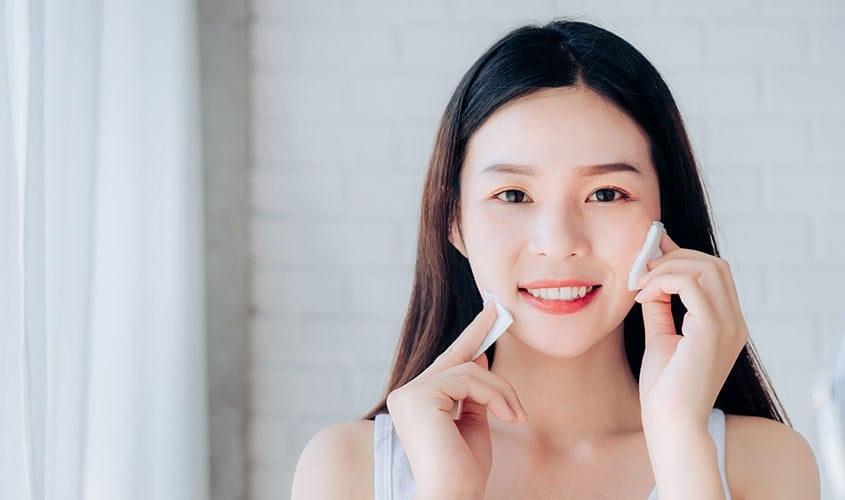
Choosing products that suit your skin type and needs optimizes your skincare routine.
Target Audience and Usage Circumstances:
Eye and Lip Makeup Removers: These are ideal for those who wear heavy eye and lip makeup, especially waterproof mascara and long-wear eyeliner. They are also suitable for individuals with sensitive skin around the eyes and lips, providing a gentle yet effective cleanse.
Facial Makeup Removers: While suitable for everyone, it’s important to select a remover tailored to your skin type. For instance, individuals with oily skin may prefer gel or oil-based removers, while those with dry skin might opt for more moisturizing options during winter.
Precautions for Use:
Always wash your hands before using any makeup remover to ensure cleanliness and reduce the risk of bacterial transfer.
Choose alcohol and fragrance-free products to minimize the potential for skin irritation.
Perform a patch test when trying a new product to ensure it suits your skin.
Makeup removers should be used nightly, even if you only wear sunscreen or light makeup, to ensure thorough cleansing.
In summary, despite their distinct differences in ingredients, textures, and applications, eye, lip, and facial makeup removers all play a crucial role in maintaining healthy and clean skin.
6 Moisturizing Mistakes: How You May Be Aging Your Skin
“Uncover the secrets to achieving youthful, radiant skin with these simple tips and tricks! Say goodbye to premature aging and hello to a confident, glowing you. It’s time to unlock your skin’s true potential and embrace a healthier, more vibrant complexion. Read on to discover the ultimate guide to achieving the skin of your dreams.”


























